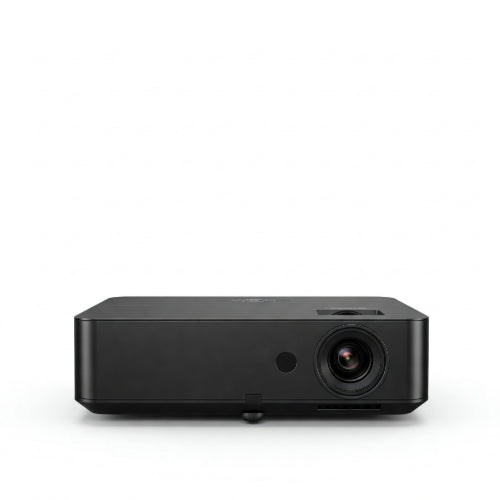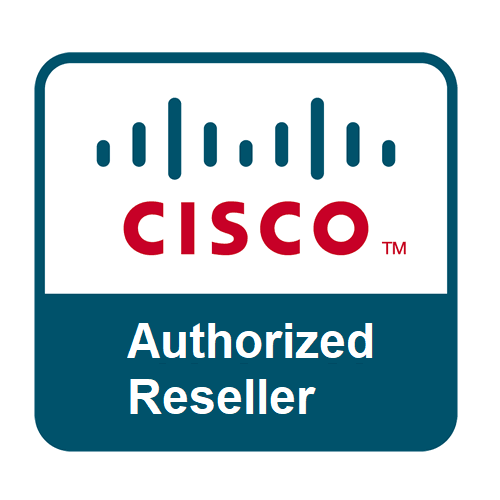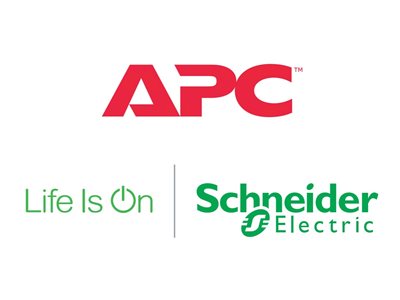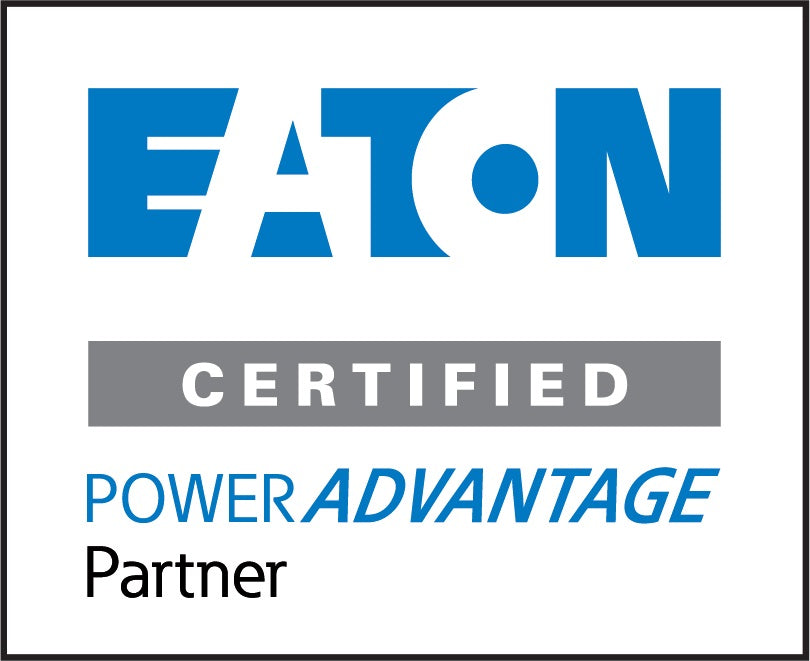Illuminate Your Ideas: A Projector Buying Guide for Small Offices and Conferences
In today's collaborative work environment, a projector is an indispensable tool for small offices and conference rooms. Whether you're presenting crucial data, brainstorming ideas, or engaging in video conferencing, a clear and reliable projector can significantly enhance communication and impact. However, with a plethora of options boasting various features and specifications, choosing the right projector can feel like navigating a technical maze.
Fear not! This comprehensive buying guide will illuminate the key factors you need to consider to select the perfect projector for your small office or conference needs, ensuring your presentations shine.
1. Understanding Your Primary Use Case and Environment:
Before diving into technical specifications, take a moment to assess how and where you'll primarily be using the projector:
- Room Size and Ambient Light: This is the most crucial factor. Smaller, darker rooms can accommodate less bright projectors, while larger rooms with significant ambient light will require brighter models.
- Presentation Content: Will you be primarily displaying text-heavy documents, detailed spreadsheets, vibrant images, or video content? This will influence the required resolution and color accuracy.
- Portability Needs: Will you be moving the projector between different rooms or locations frequently? If so, a lightweight and portable model is essential.
- Connectivity Requirements: What devices will you be connecting to the projector (laptops, desktops, Blu-ray players, streaming devices)? Ensure the projector has the necessary input ports.
- Budget: Projectors range in price from a few hundred to several thousand dollars. Determine your budget beforehand and prioritize the features that are most important for your needs.
2. Key Specifications to Consider:
-
Brightness (Lumens): Measured in ANSI lumens, brightness determines how well the projected image will be visible in different lighting conditions.
- Dark Rooms (minimal ambient light): 2000-3000 lumens should be sufficient.
- Rooms with Moderate Ambient Light: 3000-4000 lumens is recommended.
- Bright Rooms (significant sunlight or fluorescent lighting): Aim for 4000+ lumens.
-
Resolution: The number of pixels displayed on the screen, affecting image sharpness and detail.
- SVGA (800 x 600): Suitable for basic presentations with mostly text and simple graphics. Not recommended for detailed content.
- XGA (1024 x 768): A step up from SVGA, better for presentations with more detail.
- WXGA (1280 x 800): Offers a wider aspect ratio (16:10), ideal for displaying content from widescreen laptops. A good balance for many office needs.
- Full HD (1920 x 1080 or 1080p): Provides crisp and detailed visuals, excellent for video and detailed presentations. Increasingly becoming the standard.
- WUXGA (1920 x 1200): Similar to Full HD but with a 16:10 aspect ratio, offering slightly more vertical screen space.
- Contrast Ratio: The difference between the brightest whites and darkest blacks the projector can produce. A higher contrast ratio results in richer blacks and more detail in dark scenes. Look for a contrast ratio of at least 10,000:1.
-
Throw Ratio: This determines the distance required to project a specific image size.
- Short Throw Projectors: Can project a large image from a short distance (ideal for smaller rooms).
- Ultra-Short Throw Projectors: Can be placed very close to the screen or wall, minimizing shadows and maximizing space.
- Standard Throw Projectors: Require a moderate distance from the screen.
- Lamp Life: Projector lamps have a limited lifespan, measured in hours. Consider the lamp life and the cost of replacement lamps. LED and laser projectors offer significantly longer lamp lives compared to traditional lamp-based projectors.
-
Lamp Type (Traditional Lamp, LED, Laser):
- Traditional Lamps: Generally the most affordable initially but have shorter lifespans and require more frequent replacement.
- LED Projectors: Offer longer lamp lives, lower maintenance, and often better color saturation. Brightness levels are continuously improving.
- Laser Projectors: Provide the longest lamp lives, consistent brightness, and excellent color performance. Typically more expensive upfront.
-
Connectivity: Ensure the projector has the necessary input ports, including:
- HDMI: Essential for connecting laptops, Blu-ray players, and other digital devices. Look for multiple HDMI ports.
- VGA: May still be needed for older laptops.
- USB: For connecting USB drives or powering streaming sticks.
- Wireless Connectivity (Wi-Fi): For screen mirroring from laptops and mobile devices, and accessing online content.
- Built-in Speakers: Most projectors have built-in speakers, which can be sufficient for small meetings. However, for larger audiences or better audio quality, consider external speakers or a sound system.
- Keystone Correction: Allows you to adjust the image shape if the projector is not perfectly aligned with the screen, ensuring a rectangular image. Look for both vertical and horizontal keystone correction.
- Smart Features: Some projectors come with built-in operating systems, allowing you to access apps, stream content, and even conduct wireless presentations without a laptop.
3. Types of Projectors to Consider:
- Portable Projectors: Lightweight and compact, ideal for users who need to present in different locations. Often have lower brightness and resolution compared to installation projectors.
- Short Throw Projectors: Excellent for small rooms where placing the projector far from the screen isn't feasible. Minimize shadows and allow presenters to stand closer to the screen.
- Ultra-Short Throw Projectors: Placed inches from the wall or screen, offering a clean and shadow-free presentation experience. Can be more expensive but are ideal for dedicated conference rooms.
- Installation Projectors: Designed for permanent mounting and often offer higher brightness, resolution, and advanced features.
4. Essential Accessories:
- Projection Screen: A dedicated projection screen will provide a smoother and more reflective surface than a wall, resulting in a brighter and more uniform image. Consider the appropriate size and aspect ratio for your room.
- Cables: Ensure you have the necessary HDMI, VGA, or other cables to connect your devices.
- Projector Mount: For permanent installations, a secure and adjustable projector mount is essential.
- Remote Control: A remote control makes it easy to navigate menus and control the presentation.
Making the Right Choice:
Choosing the right projector for your small office or conference room requires careful consideration of your specific needs, environment, and budget. By understanding the key specifications and types of projectors available, you can confidently select a model that will effectively illuminate your ideas and enhance your presentations for years to come. Don't let a dim or blurry image detract from your message – invest in a quality projector and make a lasting impression.







